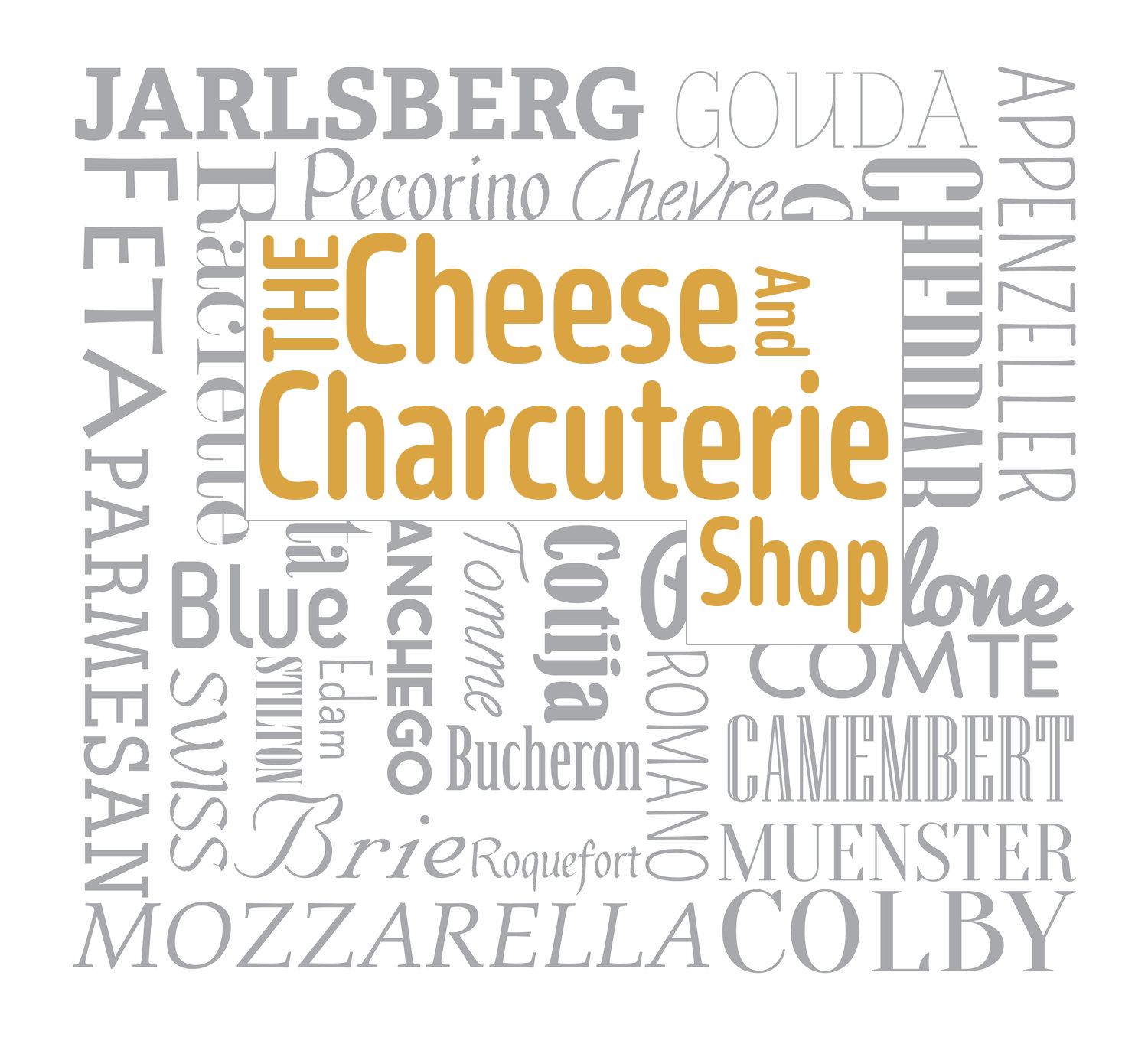Cheese & Wine Pairings
On their own, cheese & wine each encompass a vast world of connoisseurs, societies & government-dictated standards as well as historical significance & flavor profiles that rely on diverse features & delicate subtleties. Bring these two realms together & it’s easy to feel overwhelmed trying to understand what guidelines to follow to make sure you “do it right.”
The first thing to do is: Take a deep breath & relax. If you’re new to cheese or wine or both there are a few simple generalities to get you by. As you learn & taste, you can become more specific & adventurous in your pairings. It is important to know that taste can vary from person to person, so what is intensely salty & dry to someone can be pleasantly balanced to another.
That doesn’t make it a free-for-all-there are certain taste guidelines that enhance or detract from the flavors of the wine & cheese. This introduction gives you the foundations of taste to create a stress-free cheese & wine pairing. When choosing a cheese to go with a wine or vice versa, start with these 6 elements:
- Texture: Compare & contrast the textures of the wine or cheese you wish to pair in terms of creaminess, body, dryness & crispness.
- Intensity: Young or aged cheeses pair well with young or aged wines, respectively.
- Acidity: This is perhaps the most important, & tricky, component with pairings as both cheese & wine have levels of acidity that need to be taken into consideration.
- Sweetness: Cheeses with sweet overtones, like an aged Gouda or fruited Stilton, need to be balanced with off-dry dessert wines.
- Mold: Blue cheese molds negate the fruitiness of any wine but work wonderfully with ports, rich dessert wines & sparkling wines.
- Region: When in doubt, pair cheese & wine from the same region (though there are of course exceptions to this fall back plan.)
